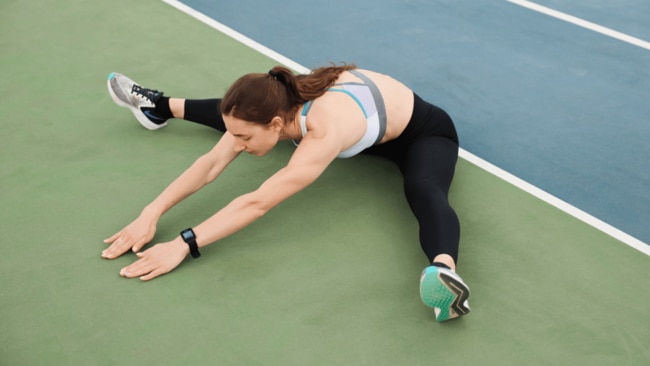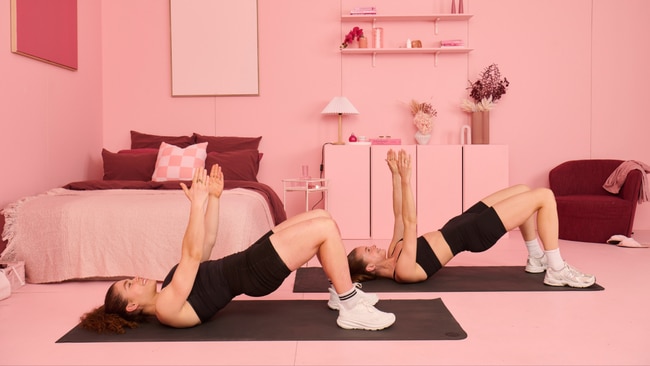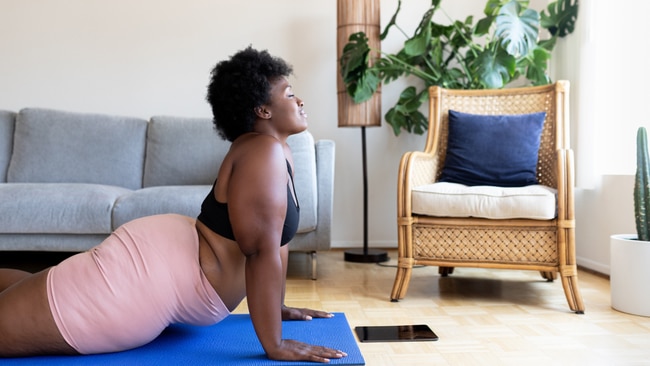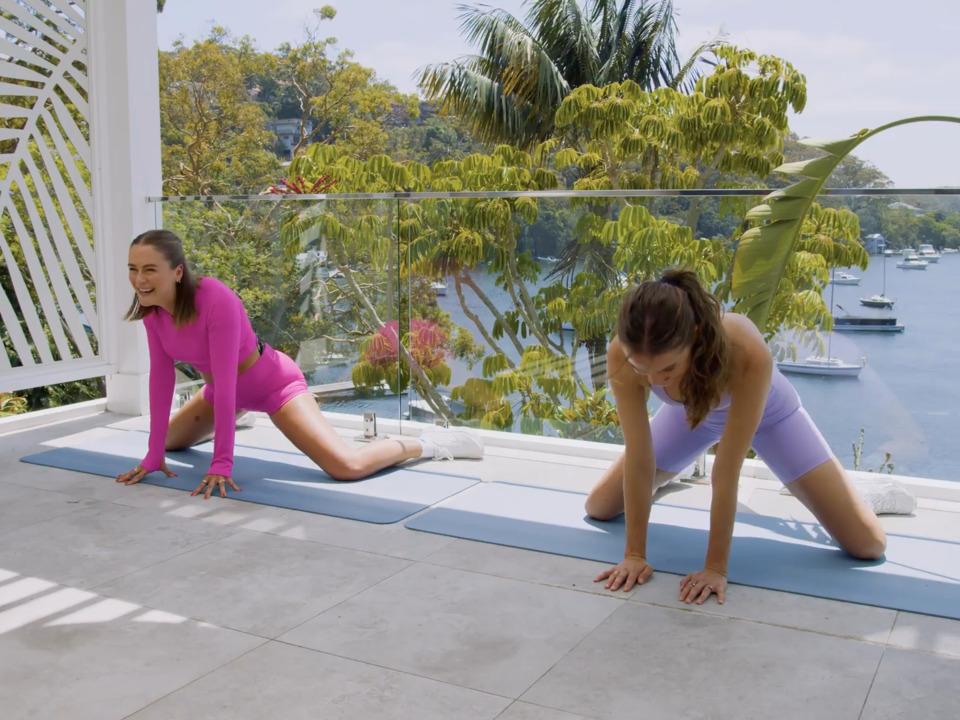How to increase flexibility, no matter how fit you are
Bend and stretch your way to better mobility

Lifestyle
Don't miss out on the headlines from Lifestyle. Followed categories will be added to My News.
Flexibility doesn’t only matter if you’re a dancer or gymnast. Better mobility means better posture, better workouts and fewer injuries, and increasing your flexibility at every age and fitness stage is easier than you might. think.
When it comes to fitness, there are two factors that tend to enjoy the spotlight: strength and cardio. The former helps with muscle tone, boosting the metabolism and giving us the ability to move functionally, the latter with endurance and heart health. There is, however, one other factor that tends to get a little neglected: flexibility.
Typically seen as an attribute needed only for dancers, gymnasts and enthusiastic Barre Attackers, flexibility training is often pushed aside in favour of “harder” workouts. In reality though, maintaining flexible, lengthened muscles is a cornerstone of a healthy body, helping to prevent injuries and enhancing our ability to move through our lives better.

“Flexibility is actually a fundamental part of functional movement, and is accessible to everyone,” says Greta Chwasta, osteopath and Kic Pilates instructor. “Even the fittest person can have limited mobility if they’re not being intentional in their practice.”
While it’s true that some people are born with better mobility than others, flexibility is an attribute that can easily be improved upon, and it doesn’t have to involve an elaborate 20-position stretch routine either.
In our pursuit of better flexibility, we picked Chwasta’s brain about all things mobility, from how to increase it to why it’s important, because you don’t have to be a ballerina to be able to bend and stretch.

Why is flexibility so important?
“Flexibility allows for greater freedom and efficiency in movement,” Chwasta says. “It’s not just about touching your toes; it’s a cornerstone of physical resilience that lets you meet the demands of life and movement.” Flexibility is rarely given as much weight as things like strength training or cardio endurance, but it probably comes in handy the most in our day-to-day activities.
Ever pulled a muscle reaching something on a high shelf or bending down to retrieve something off the floor? Working on your flexibility can help with that. “Mindless daily tasks — tying shoelaces, getting in and out of cars, washing your hair — can become strained and painful without a healthy degree of flexibility,” Chwasta notes.

How important are a person’s activity levels when it comes to increasing flexibility?
It makes sense that the more active you are, the more flexible you’re likely to be, but there’s not always a direct correlation between activity levels and a person’s mobility.
“Just like bike gears need to be used consistently to stay lubricated and functional, your joints need regular movement to maintain mobility,” explains Chwasta. “If you don’t regularly move your joints, they lose their fluidity and compromise the strength and stretch of your joints.”
With that being said though, regular activity doesn’t guarantee good flexibility — it’s important to continually work on improving mobility by moving your body in different ways. Maybe that’s incorporating a Pilates class once a week in place of a HIIT session, or swapping out an after-work walk for a yoga class.

What are the key benefits associated with flexibility?
Along with helping to prevent injuries and improving our ability to safely perform daily tasks, good flexibility helps to improve posture and alignment, reduce muscle tension and pain and encourage faster recovery from workouts and injuries. Better mobility also enhances the body’s ability to move through a full range of motion, which means you’ll get more out of your workouts as you’ll be able to squat lower, reach higher and move more freely from one position to another.
How does increasing flexibility get more challenging as you get older?
It’s no secret that as we get older, our body’s ability to move freely and without pain reduces. “As we age, there is a natural decline in collagen — the most abundant protein in the body which forms the main building blocks of skin, muscles, bones, tendons and ligaments — causing these structures to become less flexible,” Chwasta says. It’s not all doom and gloom though — “the good news is bodies are adaptive and have capacity to change at any age if we’re consistent. There’s a reason why we say ‘use it or lose it’!”

What simple things can people do every day to increase flexibility?
Improving flexibility is less about adopting a rigorous routine and more about prioritising a little bit of movement every day in ways that challenge and surprise the body. Here are Chwasta’s tips for achieving better mobility:
- Change up your routine so your body doesn’t get complacent in familiar movement patterns, and don’t be scared to explore the healthy ranges of motion that exist in each joint — your body will tell you if something isn’t right!
- Do mobility drills and dynamic stretches, especially in the morning when we tend to feel a little tighter. Try stretching to touch the toes and then reaching for the sky a few times, moving between a plank or updog and downward dog to lengthen the spine and back of the body, and reaching up and over from one side of the room to the other to stretch through the sides of the body.

- Take regular stretch breaks throughout the day, particularly if you sit or stand for sustained periods.
- Try exercises that strengthen through a full range of motion. Things like Pilates and resistance training help to lengthen and strengthen simultaneously to improve joint integrity.
- Prioritise sleep and recovery. Exercises that improve flexibility create microscopic tears in your muscle tissue. When you relax, your body repairs these tears, replenishes energy stores and adapts to physical demands; this is where your body becomes stronger and more flexible.
- Stay hydrated — adequate fluid and electrolyte balance is crucial for lubricating joints, maintaining muscle elasticity, and preventing stiffness, which are essential for smooth movement.
Improve your flexibility with a 7-day free trial of the KIC app's 200 guided Pilates classes and guided run programs.
More Coverage
Originally published as How to increase flexibility, no matter how fit you are




